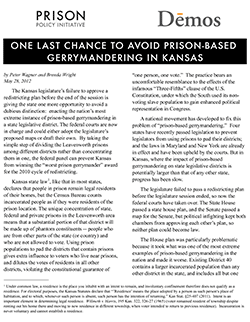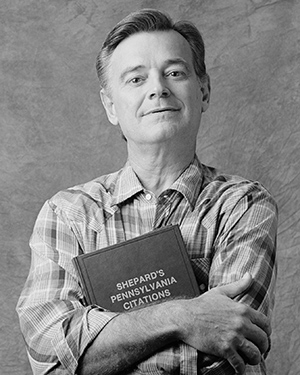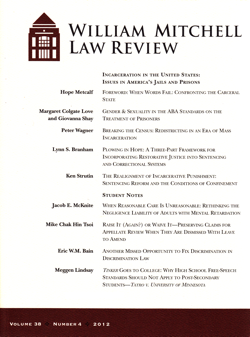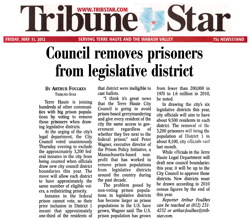Federal Judges save Kansas from “worst prison gerrymander” award
The Federal judges drawing Kansas's new state legislative maps saved the state from extreme prison-based gerrymandering by implementing a simple solution.
by Peter Wagner, June 8, 2012
The federal judges drawing Kansas’s new state legislative maps have deftly saved the state from earning the “worst prison gerrymander” award for the 2010 cycle of state legislative redistricting. In a report released on May 28, shortly before the redistricting trial began, the Prison Policy Initiative and Dēmos warned that one of the proposed maps would have been the most dramatic instance of prison-based gerrymandering in any state legislative district in the nation. We urged the court to divide the prisons between multiple districts, and the federal judges did exactly that.
As Mary Sanchez explained in a March Kansas City Star column, the high concentration of prisons in the Leavenworth area gave Kansas legislators “the potential for shenanigans like no other state.” By padding districts with prison populations from other parts of the state or nation, state legislatures give extra influence to those districts and dilute the votes cast in all districts that contain the required number of actual residents. This problem is called prison-based gerrymandering.
As Brenda Wright and I argued in our report, the map proposed by the Kansas State House was particularly problematic because it took what was already one of the most extreme examples of prison-based gerrymandering in the nation and made it worse. Existing House District 40 contains a larger incarcerated population than any other district in the state, and includes all but one facility in the region. The House’s proposed map moved the federal prison – which contains people from all over the country – also into District 40.
The result would have been a legislative district with a greater portion of its population behind bars than any other state legislative district in the nation. If the proposed House plan had been adopted, every 4 residents of House District 40 would have been given the political influence of 5 residents in any other district.
A national movement has developed to fix the problem of prison-based gerrymandering. In fact, one of Kansas’s historical rivals for “worst prison-based gerrymander” award was Maryland, which has a huge concentration of prisons in the western portion of the state. But in 2010, Maryland was the first state to pass legislation counting incarcerated people at home for redistricting purposes.
Ideally, the Census Bureau would count incarcerated people as residents of their home addresses, which would eliminate the problem of prison-based gerrymandering nation-wide and make the Bureau’s methodology more compatible with how state constitutions define residence for incarcerated people. Or Kansas could pass a law like those in Maryland, New York, Delaware and California that performs a state-based adjustment to the redistricting data. But these solutions could not be implemented in time for the redistricting at hand, so we urged the Court to use other techniques to minimize the vote-dilutive harm of prison-based gerrymandering. In our report, we explained:
“The best solution is for the Court simply to divide the prisons among multiple districts.”
And, we are happy to report, that is exactly what the federal judges did. Although the state house and many of the other parties in the case wanted the judges to implement the state house’s proposed map, the judges instead drew their own State House district map that split the Leavenworth area prisons into three pieces.
The military prison was put in House District 42, the federal prison in District 41 and the state and private facilities in District 40. It is true that this solution does not properly count incarcerated people in their home districts and it still gives the Leavenworth area disproportionate influence in state affairs, but it greatly reduces the concentration of unearned political power in any individual district. And, by extension, this solution greatly reduces the vote dilution in every other district in the state.
And for that, the people of Kansas have something to be very excited about.








